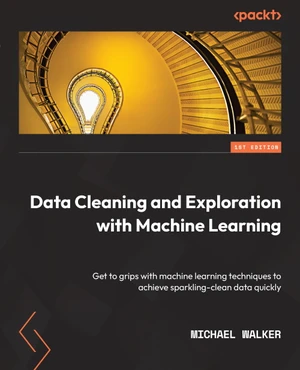Explore supercharged machine learning techniques to take care of your data laundry loads Key Features Learn how to prepare data for machine learning processes Understand which algorithms are based on prediction objectives and the properties of the data Explore how to interpret and evaluate the results from machine learning Book Description Many individuals who know how to run machine learning algorithms do not have a good sense of the statistical assumptions they make and how to match the properties of the data to the algorithm for the best results. As you start with this book, models are carefully chosen to help you grasp the underlying data, including in-feature importance and correlation, and the distribution of features and targets. The first two parts of the book introduce you to techniques for preparing data for ML algorithms, without being bashful about using some ML techniques for data cleaning, including anomaly detection and feature selection. The book then helps you apply that knowledge to a wide variety of ML tasks. You'll gain an understanding of popular supervised and unsupervised algorithms, how to prepare data for them, and how to evaluate them. Next, you'll build models and understand the relationships in your data, as well as perform cleaning and exploration tasks with that data. You'll make quick progress in studying the distribution of variables, identifying anomalies, and examining bivariate relationships, as you focus more on the accuracy of predictions in this book. By the end of this book, you'll be able to deal with complex data problems using unsupervised ML algorithms like principal component analysis and k-means clustering. What you will learn Explore essential data cleaning and exploration techniques to be used before running the most popular machine learning algorithms Understand how to perform preprocessing and feature selection, and how to set up the data for testing and validation Model continuous targets with supervised learning algorithms Model binary and multiclass targets with supervised learning algorithms Execute clustering and dimension reduction with unsupervised learning algorithms Understand how to use regression trees to model a continuous target Who this book is for This book is for professional data scientists, particularly those in the first few years of their career, or more experienced analysts who are relatively new to machine learning. Readers should have prior knowledge of concepts in statistics typically taught in an undergraduate introductory course as well as beginner-level experience in manipulating data programmatically.
Price history
▼-20.01%
Oct 19, 2022
€31.00
Sep 7, 2022
€38.75

